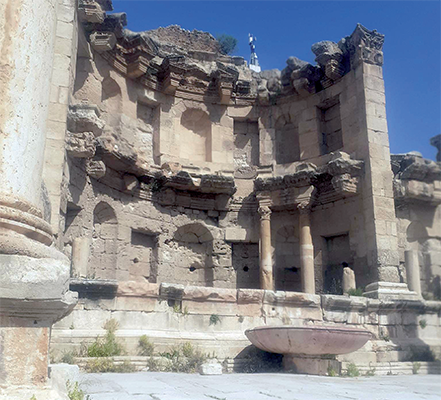As a country deeply rooted in history, Jordan is home to some of the greatest monuments of human creativity and civilisation, noted archaeologist Mohammad Najjar during a two-day conference on archaeology and cultural heritage held at Al al-Bayt University in Mafraq earlier this month.

He added that thousands of natural and cultural sites and archaeological landscapes are registered in Jordan.
“Among the 15,000 sites and features already existing in the Archaeological Database, I want to single out 20 sites that have an outstanding universal value. Six of them are already listed as World Heritage Sites,” the archaeologist said.
The list includes Petra, Qusayr Amra, Umm ar-Rasas, Wadi Rum, Baptism Site and Salt, among others.
“Each of these sites is a masterpiece and example of human genius and creativity. They are listed because they either represent an important interchange of human value, or they are a testimony to cultural tradition or civilisation which is living or which has already disappeared,” Najjar elaborated.
The remaining 14 sites are on UNESCO’s tentative list, he said, expressing his hope that they will join the World Heritage List “soon”.
“The sites on this tentative list include places associated with important religious events, such as the Sanctuary of St. Lot in the Jordan Valley. Others are associated with the emergence of Islamic art and architecture in its emerging stage, such as Qastal and Mushatta. The towns of the Decapolis [alliance of 10 cities] are good candidates to be inscribed on the World Heritage List, such as Pella, Abila and Gadara.
“Some of the sites were included for their exceptional environmental significance as they contain important habitats for in situ conservation of biological diversity such as Dana Biosphere Reserve, Azraq Nature Reserve, Mujib Nature Reserve and the Jordanian Harrah [eastern basalt desert],” Najjar said.
Najjar also outlined the presence of a perennial stream in Jerash for its archaeological significance, known in Greco-Roman times as the Golden River. The area has attracted inhabitants since the Neolithic period (8th millennium BC), Bronze Age (5th millennium BC) and Iron Age (8th century BC), he said.
--
Source: the Jordan Times.
